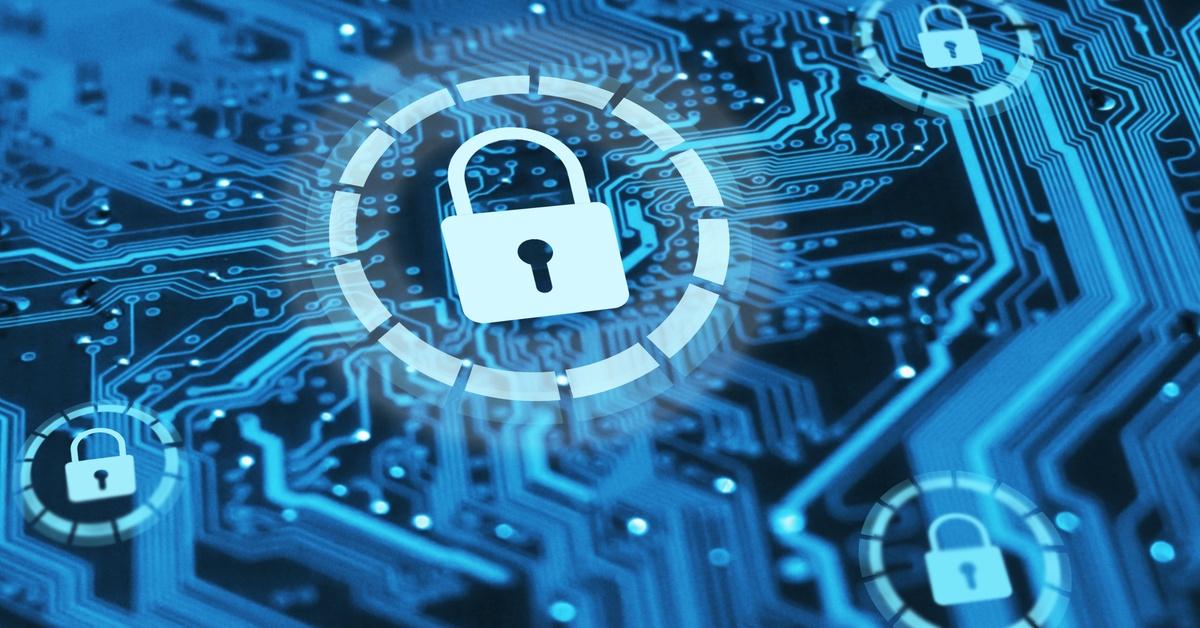Wide-format printers produce high-quality blueprints, marketing materials, construction plans, and more. However, the associated security risks grow as printing technology advances. Whether you’re using printers for advertising, health care, or engineering, security implications are vital.
That’s why manufacturers have integrated robust security features into wide-format printers. Read on to explore these features, the risks they address, and how they protect sensitive information.
1. Protect Sensitive Information
Wide-format printers commonly handle confidential information. Without protection, this data could fall into the wrong hands. Security features like PIN-protected printing and data encryption allow only authorized users to retrieve files.
The sensitive information that wide-format printers store in their internal memory makes them a potential target. Regularly updating firmware can protect against vulnerabilities and keep the system secure.
2. Prevent Unauthorized Use

Preventing unauthorized use is a critical concern, especially in office environments with multiple users. Security measures, like user authentication, give access only to approved employees who can operate the printer. This simple step reduces the risk of misuse, overuse, or accidental access to restricted documents.
Many printers now support PIN codes or badge scanning for added security. Administrators can also track usage to monitor printing habits. These features help businesses protect sensitive information effectively.
3. Comply With Industry Regulations
Industries like health care and finance often work under stringent regulatory standards like the Health Insurance Portability and Accountability Act (HIPAA) and the Gramm-Leach-Bliley Act (GLBA). A secure printer helps businesses meet compliance requirements by protecting sensitive customer information. Features like data encryption and secure storage contribute directly to these efforts.
Regular firmware updates keep security features current against evolving threats. Audit trails can record printer activity, supporting compliance audits and internal reviews.
4. Safeguard the Network
Wide-format printers typically connect to a company’s network. Without robust security controls, they could be an entry point for cyberattacks. Hackers might exploit vulnerabilities in printers to access critical company data, making network security measures essential. Features like IPSec communication protocols prevent unauthorized attempts to infiltrate your system.
The printers can store sensitive information in scanned documents and print jobs. Regularly updating printer firmware helps close security loopholes that hackers might exploit.
5. Keep Documents Confidential
Secure print release features prevent printed documents from being left unattended on the printer tray. Leaving blueprints or financial reports uncollected could lead to a significant privacy breach. Users can collect their print jobs securely by entering a PIN or swiping an authorized card.
These systems help businesses comply with data protection regulations. They also reduce waste by printing only necessary documents. Additionally, secure print release minimizes the risk of unauthorized access to confidential information.
6. Detect Malware and Cyber Threats
Printers can be a target for cybercriminals. They are not immune to malware or ransomware attacks. Modern wide-format printers include malware detection and prevention tools. These systems identify and block malicious activities.
Having the most recent printer firmware can help patch security vulnerabilities. Enabling encryption on your printer protects sent and received data.
7. Enhance Accountability

Features that track printer usage provide transparency and accountability. For example, they can log who printed what and when. This is particularly useful when dealing with proprietary or classified material, as it discourages unauthorized printing.
These tools can also identify excessive or wasteful printing, helping organizations save on costs. Many systems integrate with security software to flag suspicious activity. Additionally, audit logs can serve as valuable evidence during internal investigations or compliance checks.
8. Prevent Physical Theft
High-end printers come with physical security features to prevent theft. These can include locks to secure internal components or alarms to detect tampering attempts. They may already use advanced authentication methods like access cards.
Many models feature encrypted hard drives to protect sensitive data stored on the device. Some have built-in tracking systems, allowing you to locate the printer if it’s stolen.
9. Safeguard Intellectual Property
Businesses such as design and advertising handle valuable intellectual property. A secure printing solution prevents unauthorized access to proprietary designs and confidential plans. This is especially crucial when working with clients who have strict confidentiality expectations.
Secure printing helps track document activity, so you know who accessed or printed sensitive files. It reduces the risk of accidental data leaks by requiring user authentication before printing. This can build trust with clients and protect your business reputation.
10. Reduce Downtime
Cyberattacks or unauthorized access can result in downtime for your printing operations. It affects productivity, which delays project deadlines and adds costs. Security features reduce these risks by keeping printers operational and available when needed.
They safeguard sensitive data from being intercepted during printing tasks. Regular firmware updates further strengthen printer defenses against new threats. Investing in secure printing solutions streamlines workflows and protects your business from interruptions.
11. Support Efficient Operations
When evaluating wide-format printers, security features may sway your decision. Canon plotter printers stand out as a robust option by offering advanced tools like PIN-protected printing, encryption, and secure communication protocols. These tools protect sensitive data while enabling your team to print efficiently.
They also feature user authentication to prevent unauthorized access. IT security systems are seamlessly integrated for added peace of mind. Plus, their energy-efficient design helps reduce operational costs without compromising performance.
12. Integrate With IT Infrastructure
Modern wide-format printers pair well with existing IT security infrastructure in a company’s cybersecurity strategy. They connect to firewalls, VPNs, and endpoint protection systems for network safety. By collaborating with established systems, these printers reduce vulnerabilities and help businesses maintain a cohesive approach to protecting their sensitive information.
Why Wide-Format Printers Have Security Features
Having security features in wide-format printers extends beyond protecting your documents. They address larger risks, like network vulnerabilities, compliance issues, and unauthorized use. For industries such as health care, finance, and engineering, implementing a secure wide-format printer can be a great asset in operational efficiency.
If you’re looking for a printer model offering robust security tools, the Plotter Paper Guys provide excellent evaluations for businesses. Between PIN printing, data encryption, and accountability features, you can keep sensitive data under lock.






